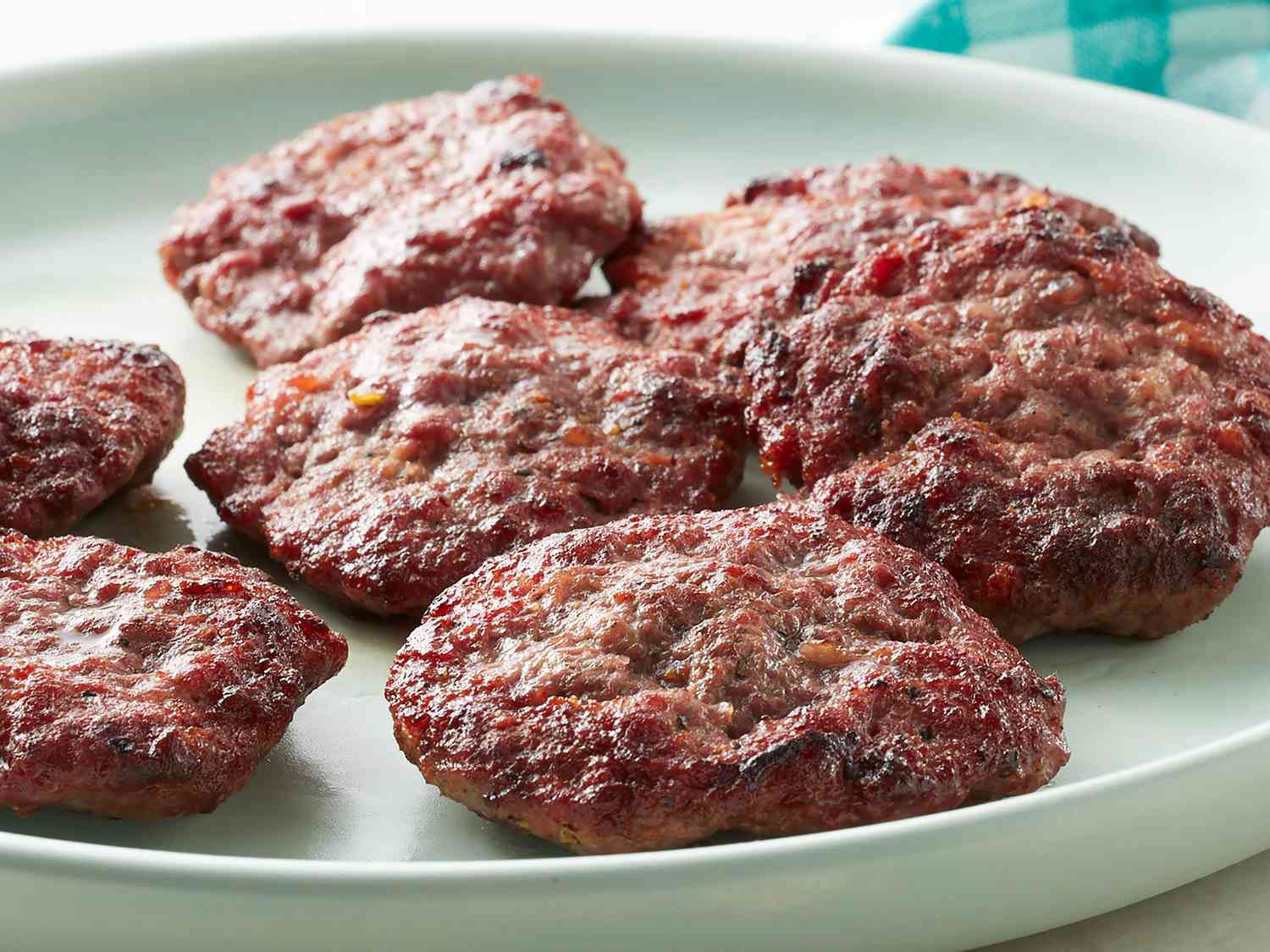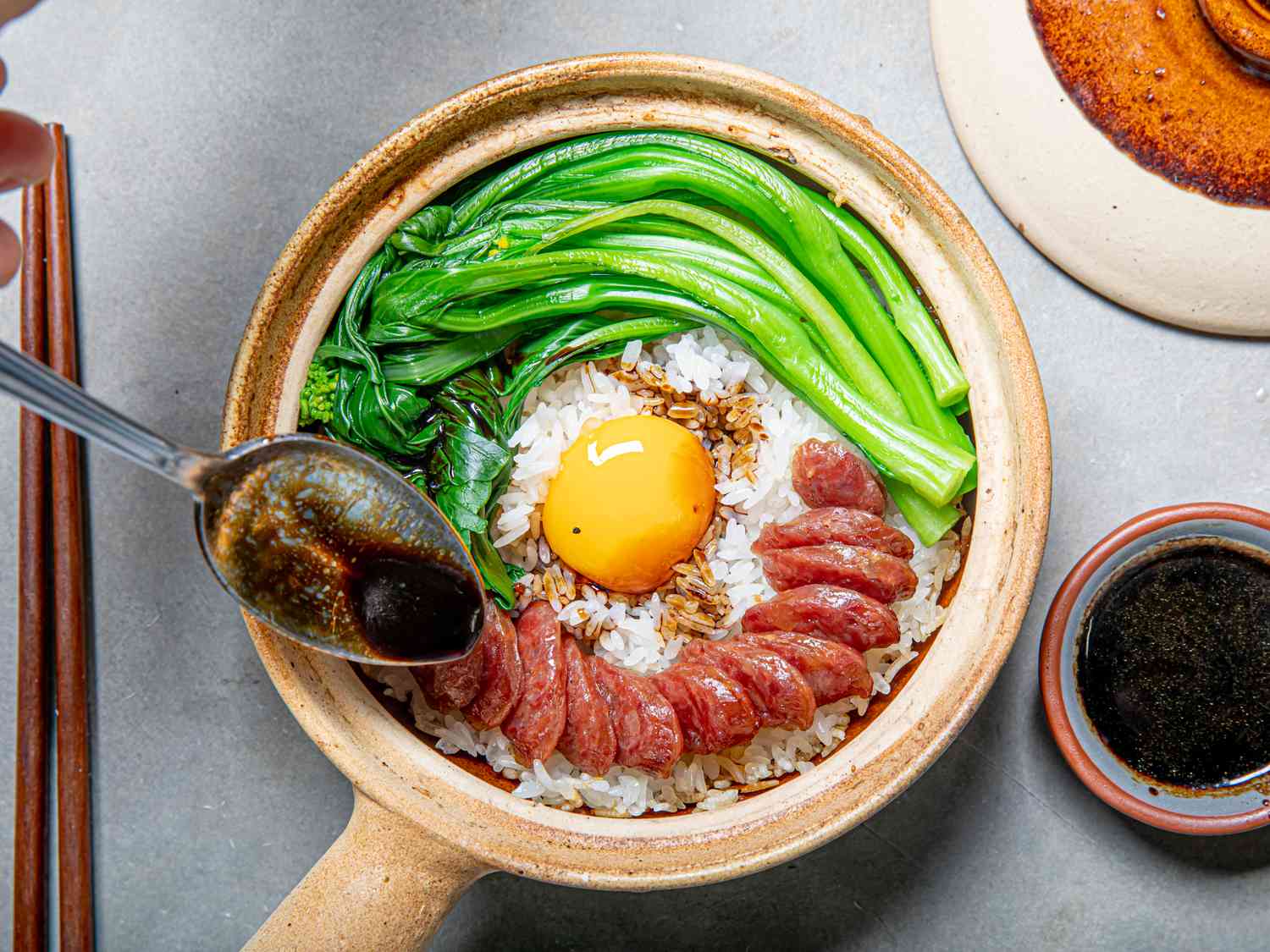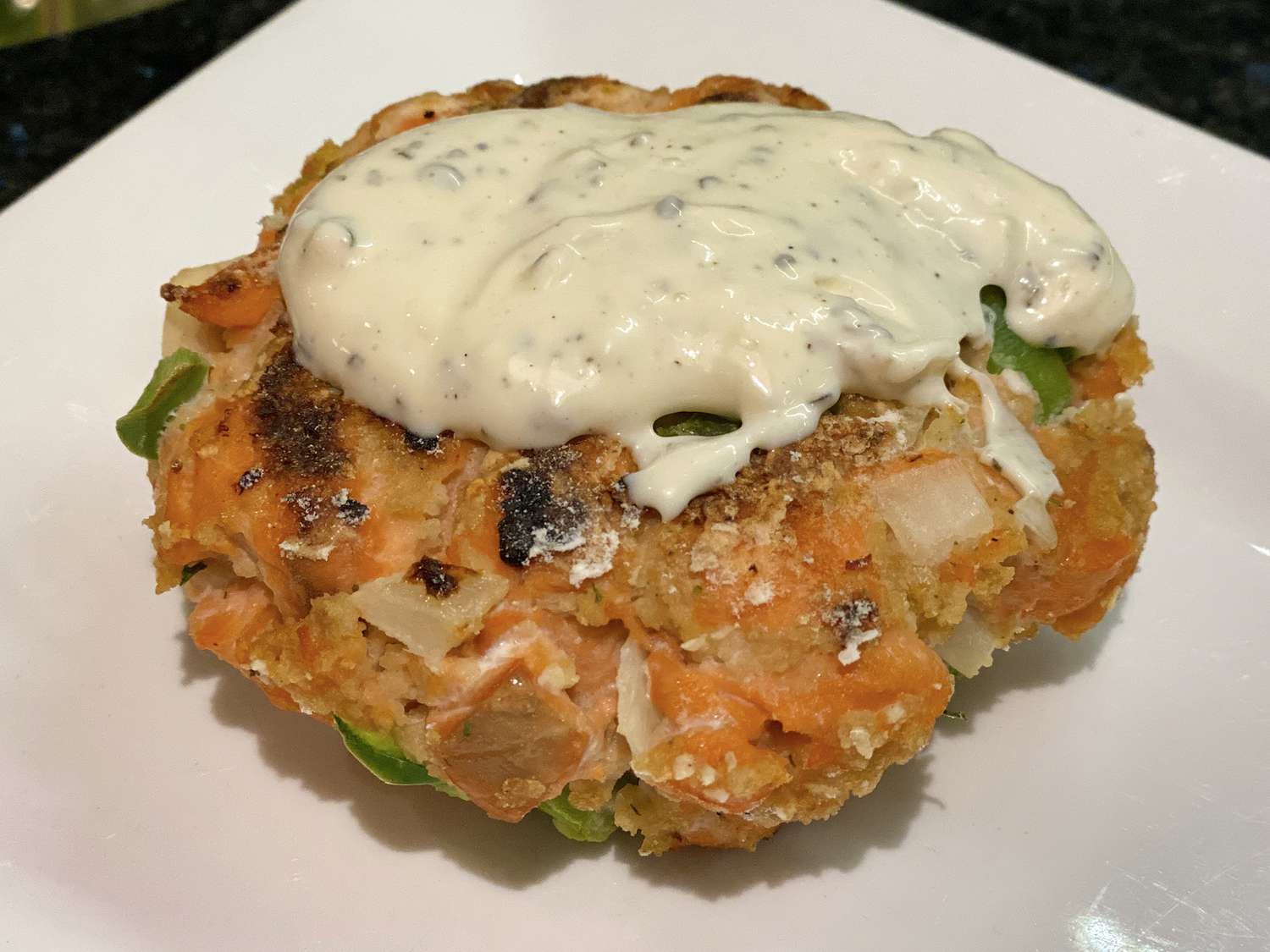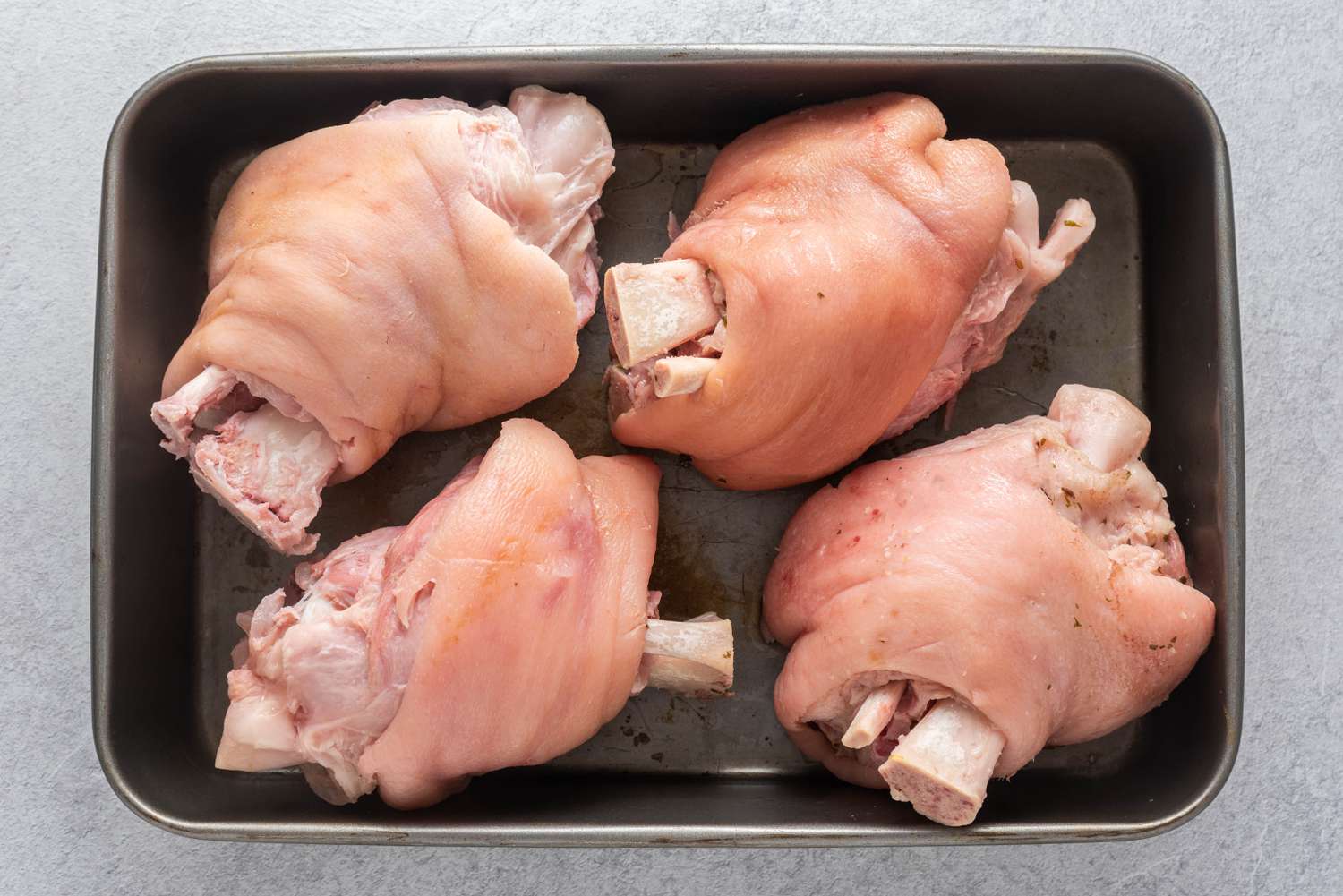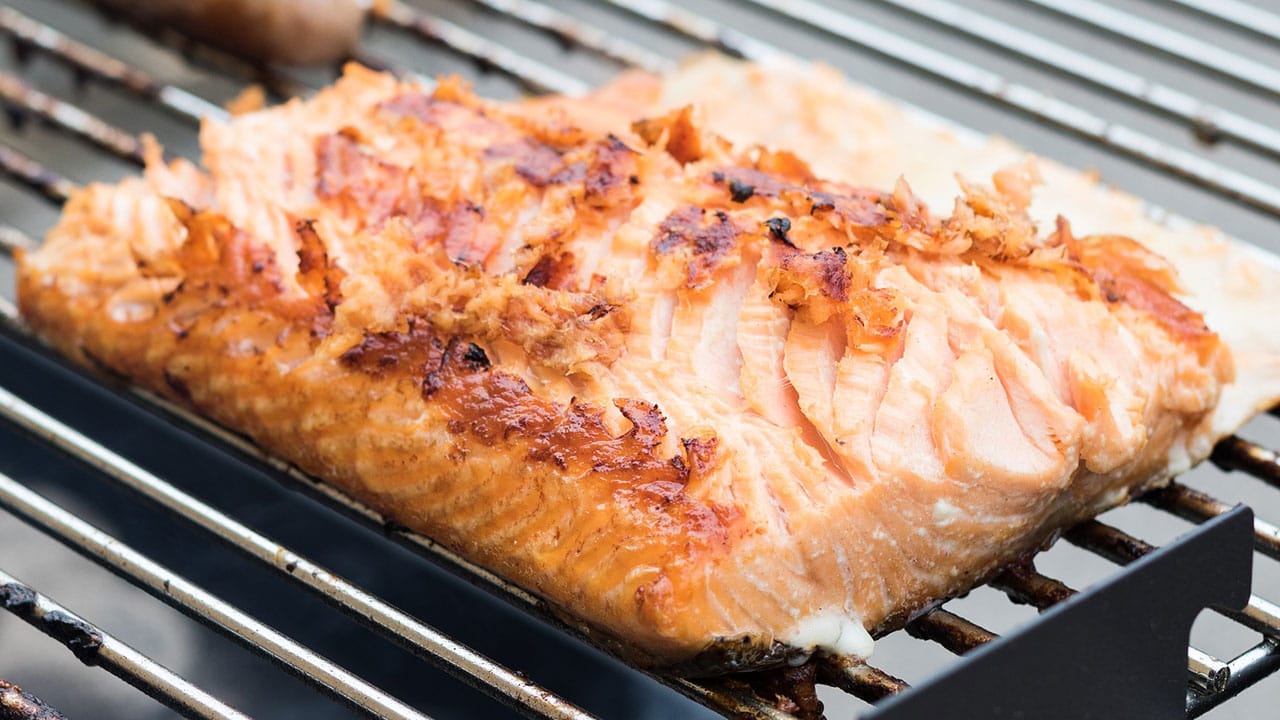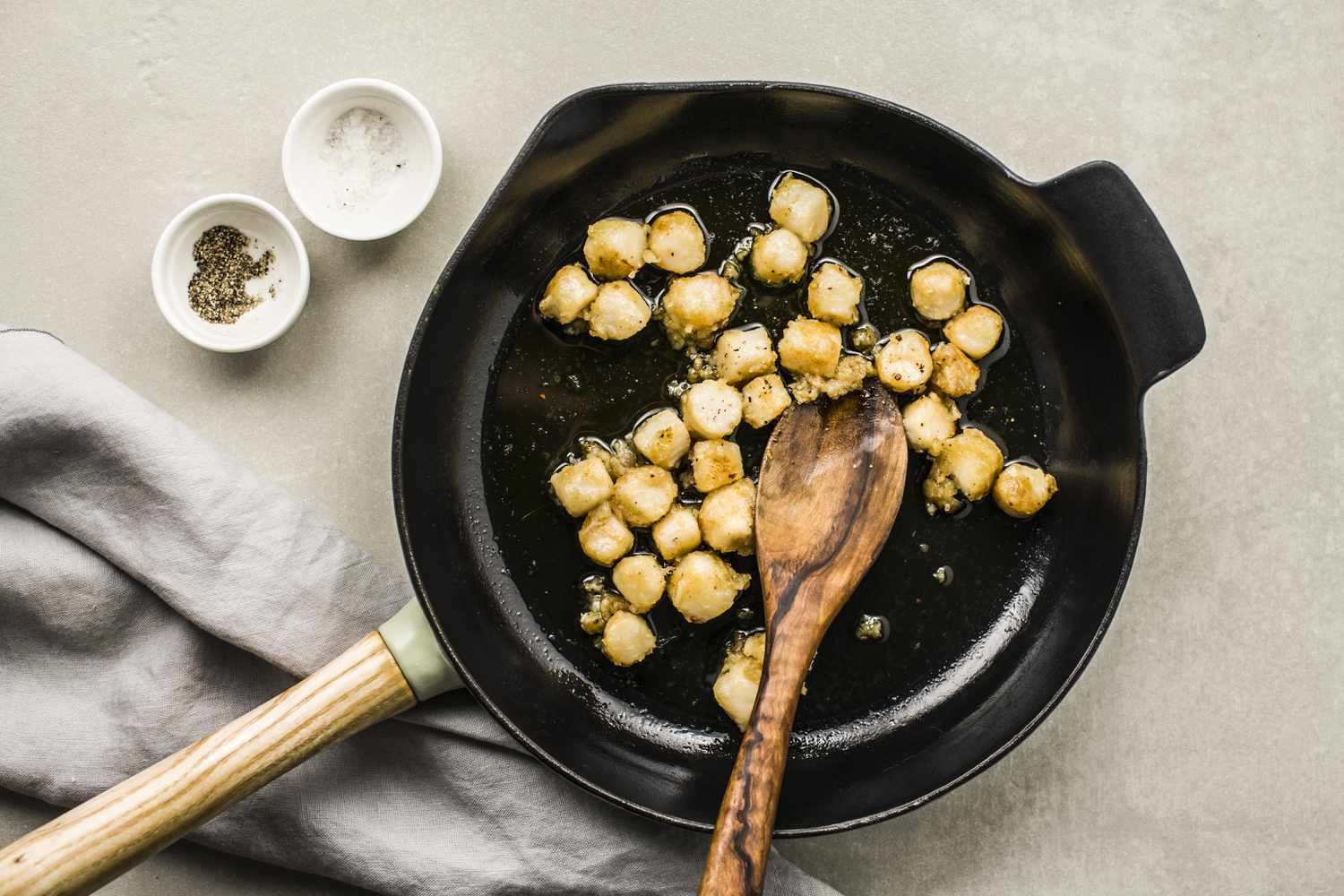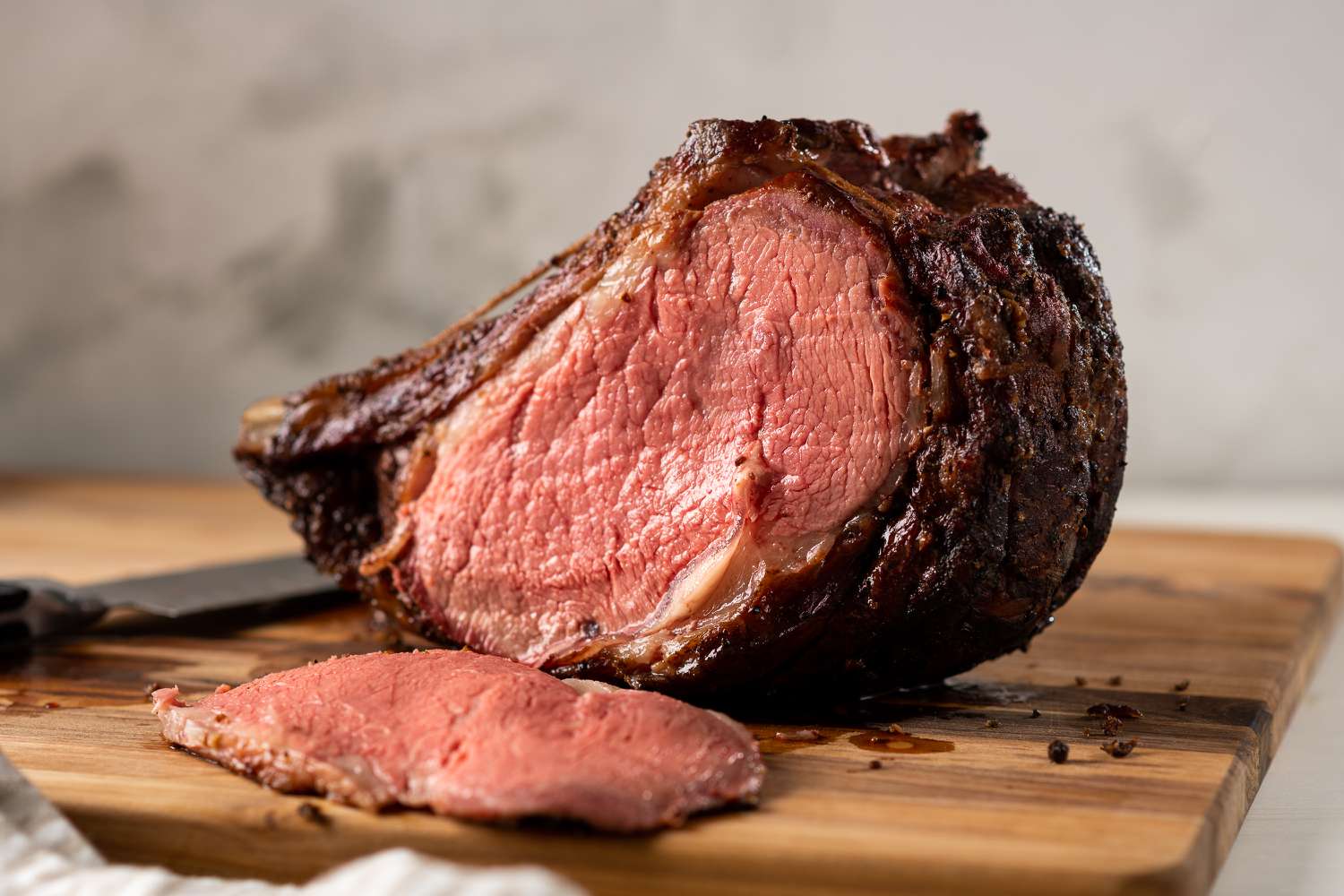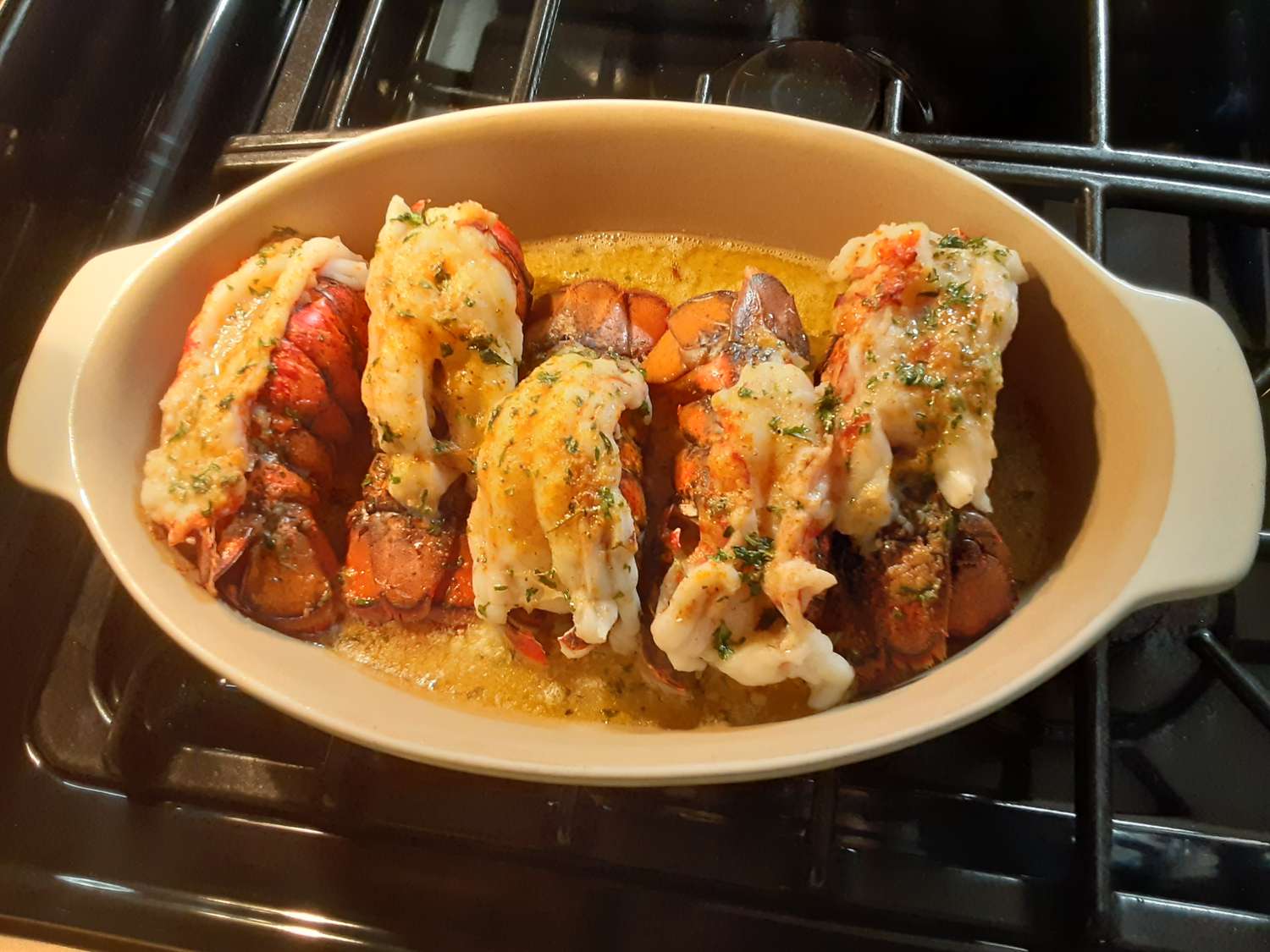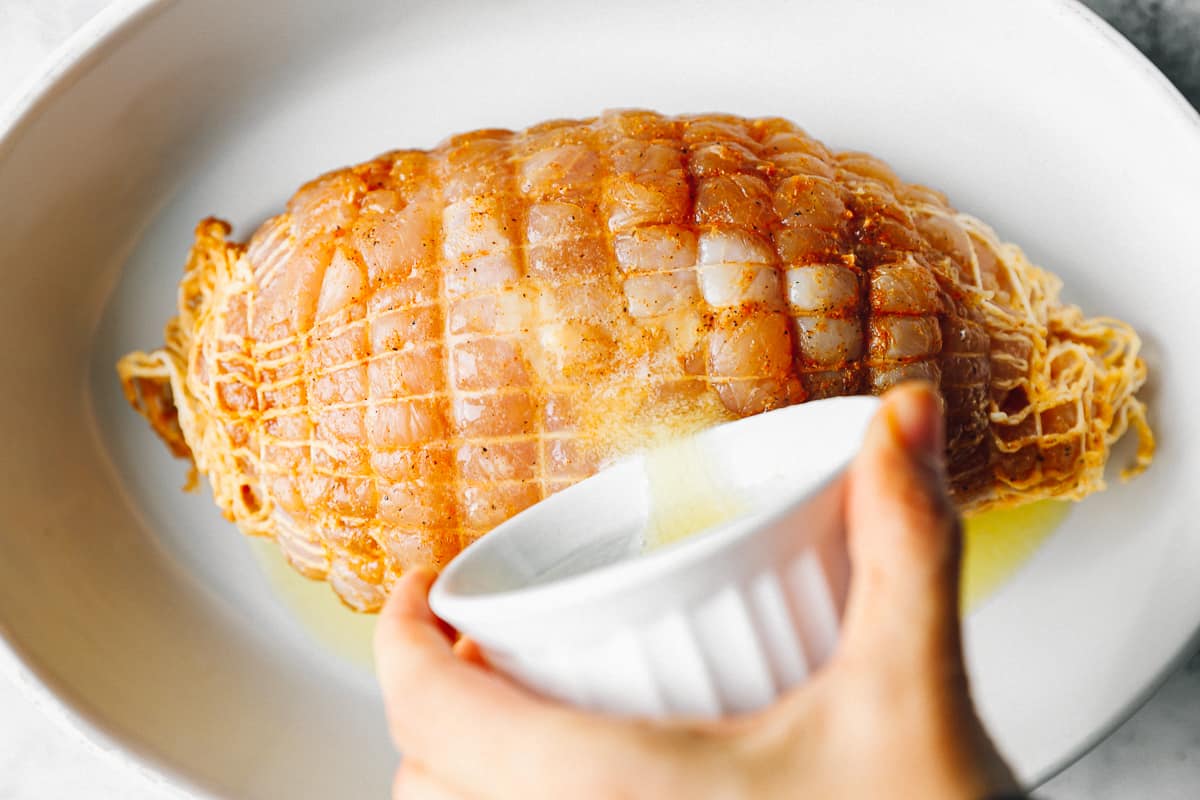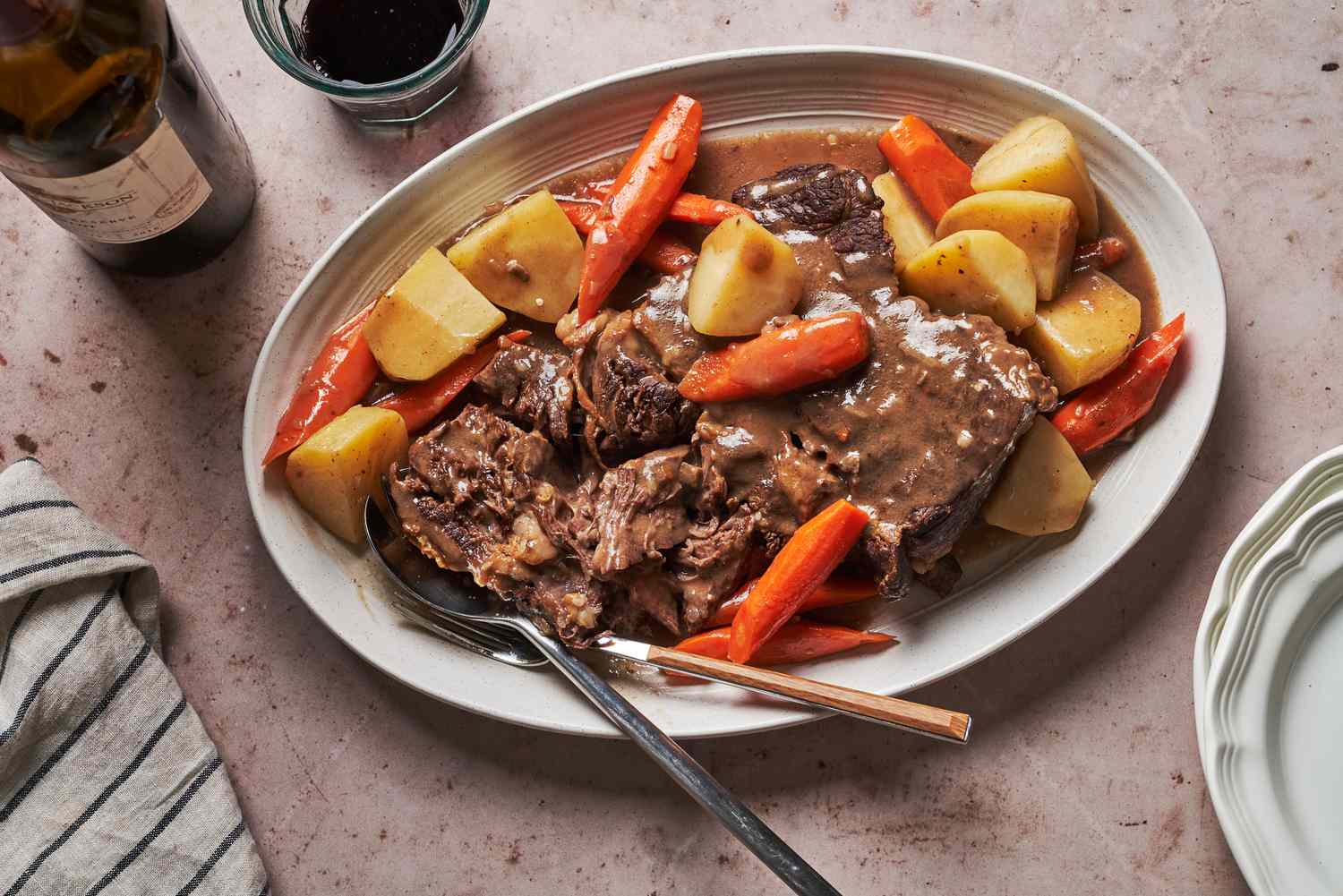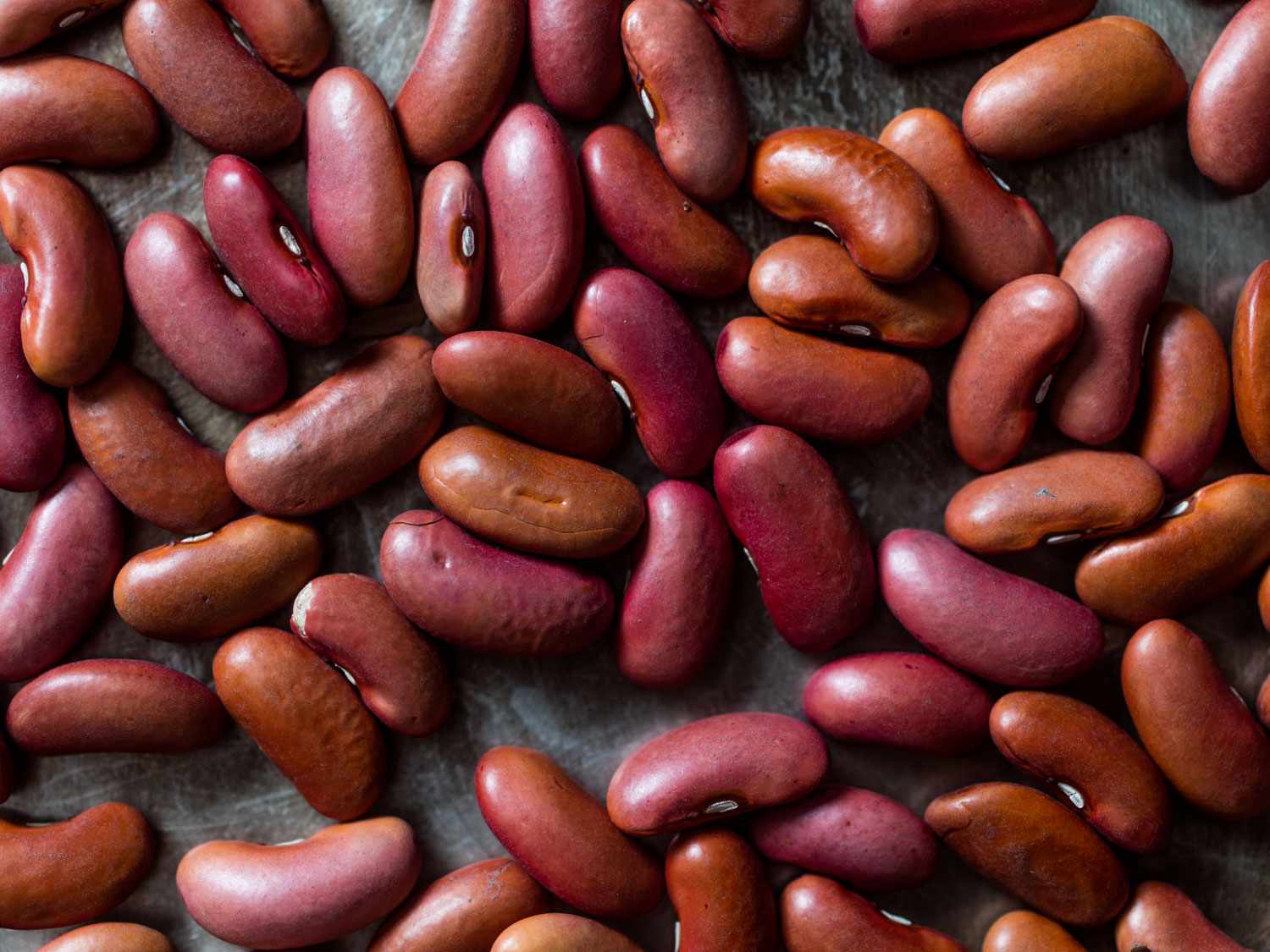Discover the Ultimate Way to Cook Salmon: Pressure Cooker Magic!
If you’re a seafood enthusiast, you probably love the delicate flavor and tender texture of salmon. Cooking this fish to perfection can be a challenge, but fear not! The pressure cooker is here to save the day. This powerful kitchen tool combines speed and convenience, allowing you to whip up a mouthwatering salmon dish in no time.
Why Choose a Pressure Cooker?
Before we dive into the step-by-step process, let’s understand why the pressure cooker is the ideal choice for cooking salmon. Here are a few reasons to consider:
- Time-Efficient: Pressure cookers work wonders in reducing cooking time. By utilizing steam and pressure, they can cook salmon in record time without compromising on flavor or tenderness.
- Retains Nutrients: Unlike traditional cooking methods that may lead to nutrient loss, pressure cooking helps seal in the natural goodness of salmon, ensuring a healthy and delicious meal.
- Enhanced Flavor: The sealed environment of the pressure cooker allows flavors to infuse deeply into the salmon, resulting in a more pronounced and satisfying taste.
- Foolproof Technique: Even if you’re a novice in the kitchen, the pressure cooker takes the guesswork out of cooking salmon. With precise temperature control, you can achieve consistent and delectable results every time.
The Step-by-Step Guide to Perfect Pressure Cooked Salmon
Now that you’re convinced of the wonders a pressure cooker can work on your salmon, let’s get down to business. Follow these simple steps to create a flavorful, melt-in-your-mouth salmon dish:
- Selecting the Salmon: Start by choosing fresh, high-quality salmon fillets. Look for firm flesh and a vibrant pink color. This ensures the best results.
- Preparing the Seasonings: Gather your favorite herbs, spices, and seasonings. Whether it’s a simple sprinkle of salt and pepper or a blend of garlic, dill, and lemon, the choice is yours!
- Prepping the Pressure Cooker: Ensure your pressure cooker is clean and in good working condition. Follow the manufacturer’s instructions to assemble and prepare it for cooking.
- Adding Liquid: For optimal steam generation, add a flavorful liquid to the pressure cooker. This could be water, vegetable broth, or even white wine for an extra touch of sophistication.
- Seasoning and Sealing: Lay your seasoned salmon fillets on a trivet or steamer basket inside the pressure cooker. Secure the lid tightly to create a sealed environment.
- Cooking Under Pressure: Set your pressure cooker to the appropriate cooking time. As a general rule, cook salmon at high pressure for about 3-5 minutes per inch of thickness.
- Release and Enjoy: Once the cooking time is complete, release the pressure according to the manufacturer’s instructions. Carefully remove the lid, and behold your perfectly cooked salmon!
With your pressure cooker as your trusty kitchen companion, there’s no limit to the delicious salmon dishes you can create. Experiment with different seasonings, marinades, and cooking times to find your favorite combination.
Unlock the Potential of Your Pressure Cooker
Now that you know the secret to cooking salmon to perfection in a pressure cooker, it’s time to put your skills to the test. Prepare to impress your family and friends with irresistibly moist and flavorful salmon dishes!
Remember, practice makes perfect, so don’t be discouraged if your first attempt isn’t flawless. Keep experimenting, refining your technique, and soon enough, you’ll become a pressure cooking master.
So, grab your pressure cooker, head to the kitchen, and embark on a culinary adventure with salmon as your prized ingredient. Happy cooking!
Was this page helpful?
Read Next: How To Cook Eggs In Pressure Cooker

